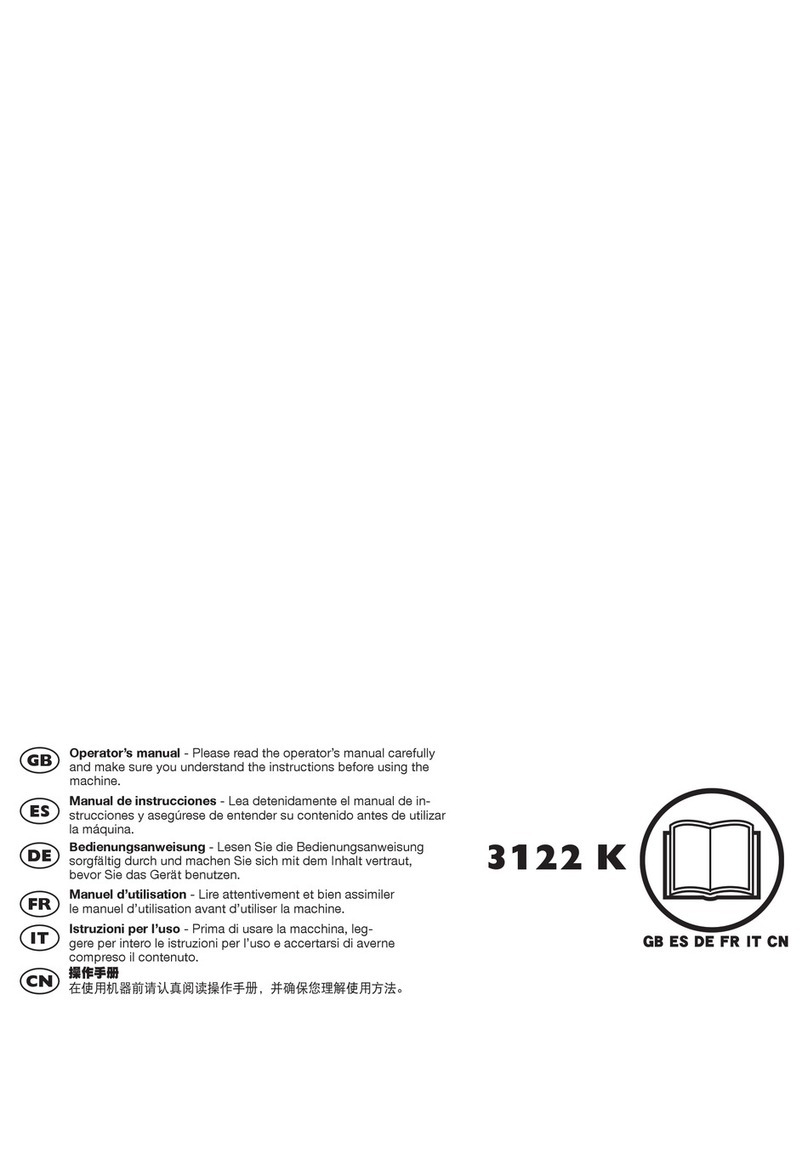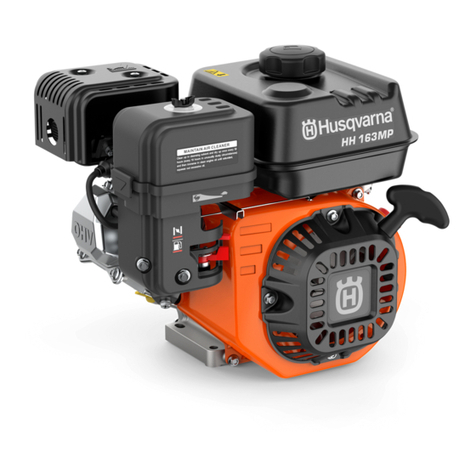
Safety
Safety definitions
Warnings, cautions and notes are used to point out
specially important parts of the manual.
WARNING: Used if there is a risk of injury
or death for the operator or bystanders if the
instructions in the manual are not obeyed.
CAUTION: Used if there is a risk of damage to the
product, other materials or the adjacent area if the
instructions in the manual are not obeyed.
Note: Used to give more information that is necessary in a
given situation.
General safety instructions
WARNING: Read the warning instructions that
follow before you use the engine.
• The engine is dangerous if you are not careful or if you
use the engine incorrectly. There is a risk of injury or
death, or damage to the engine. Before you use the
engine, you must read and understand the contents of
this operator’s manual.
• You must read and understand the operator’s manual
for the product that uses this engine. There can be
more safety instructions for start, stop, operation and
maintenance.
• Save all warnings and instructions.
• Do not let a person operate the engine unless they
read and understand the contents of the operator's
manual.
• Do not let a child operate the engine.
• Do not do modifications to the engine.
Safety instructions for operation
WARNING: Read the warning instructions that
follow before you use the engine.
• Make sure that you know how to stop the engine
quickly in an emergency.
• The exhaust fumes from the engine contain carbon
monoxide which is an odorless, poisonous and very
dangerous gas.
• Do not use a combustion engine product indoors or in
areas that do not have sufficient airflow.
• Do not use the engine in areas where fire or
explosions can occur.
Safety devices on the product
WARNING: Read the warning instructions that
follow before you use the product.
• Do not use a product with defective safety devices.
• Do a check of the safety devices regularly. If the
safety devices are defective, speak to your Husqvarna
service agent.
• Do not make modifications to safety devices.
Engine ON/OFF switch
The engine can only start when the engine ON/OFF switch
is set to "ON". The engine stops when you set the engine
ON/OFF switch to "OFF".
To do a check of the engine ON/OFF switch
1. Start the engine. Refer to
To start the engine on page
8
.
2. Set the engine ON/OFF switch to "OFF". The engine
stops.
Muffler
The muffler keeps the noise levels to a minimum and
sends the exhaust fumes away from the operator.
Do not use the product if the muffler is missing or
defective. A defective muffler increases the noise level and
the risk of fire.
WARNING: The muffler becomes very hot during
and after use and when the engine operates at
idle speed. Be careful near flammable materials
and/or fumes to prevent fire.
To do a check of the muffler
• Examine the muffler regularly to make sure that it is
attached correctly and not damaged.
Fuel safety
WARNING: Read the warning instructions that
follow before you use the product.
• Fuel is flammable and the fumes are explosive. Be
careful with fuel to prevent injury, fire and explosion.
• Do not breathe in the fuel fumes. The fuel fumes are
poisonous and can cause injury. Make sure that the
airflow is sufficient.
• Do not remove the fuel tank cap or fill the fuel tank
when the engine is on.
• Make sure that the engine is cool before you refuel.
• Do not fill fuel in an indoor area. Insufficient airflow
can cause injury or death because of asphyxiation or
carbon monoxide poisoning.
• Do not smoke near the fuel or the engine.
• Do not put hot objects near the fuel or the engine.
• Do not fill fuel near sparks or flames.
• Before you refuel, open the fuel tank cap slowly and
release the pressure carefully.
• Fuel on your skin can cause injury. If you get fuel on
your skin, use soap and water to remove the fuel.
• If you spill fuel on your clothing, change clothing
immediately.
1537 - 003 - 18.11.2022 5



































